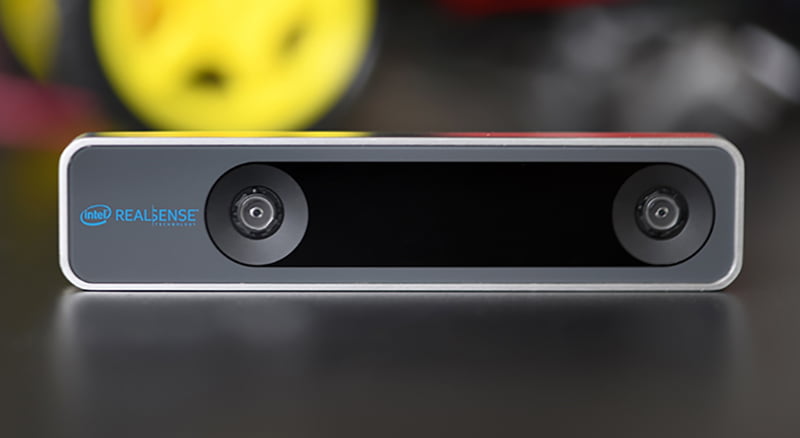
Robot cars, DIY or otherwise, are hot right now. To do this right, you’re going to need cameras, LIDAR, or some other way of sensing the the world. Intel is again getting into the fray with a RealSense tracking camera for simultaneous localization and mapping for robotics, drone, and augmented reality needs.
The tech specs for the Intel RealSense T265 are impressive for small robotics uses. It includes 6DoF tracking gathered by two cameras, each with a 170° FoV. Connection to a computer is through USB 2.0 or 3.0. If you want to get an idea of how seriously Intel is taking the ‘robotics, and other power- and weight-limited platforms’ market, here’s a sample of what is on the one-page spec sheet: the T265 only uses 1.5 Watts, weighs 55 grams, and is 108 x 25 x 13 mm. There are also two M3 taps spaced 50mm apart on the back, which is an astonishing spec to publish on the product landing page. Simply the fact that the location and dimensions of the mounting holes is so prominent gives you an idea of how seriously Intel is taking robotics and prototyping applications.
This new SLAM camera complements Intel’s other tracking camera offerings, including those we’ve seen at Maker Faires past. It’s a competitor to the new crop of solid state LIDAR modules we’ve seen pop up recently. It’s not a Kinect, but we’re years past using a first-gen Kinect for robotics applications. Now, everything is custom chips and SLAM processing, and the RealSense T265 is the smallest platform to do that now.
[“source=hackaday”]










